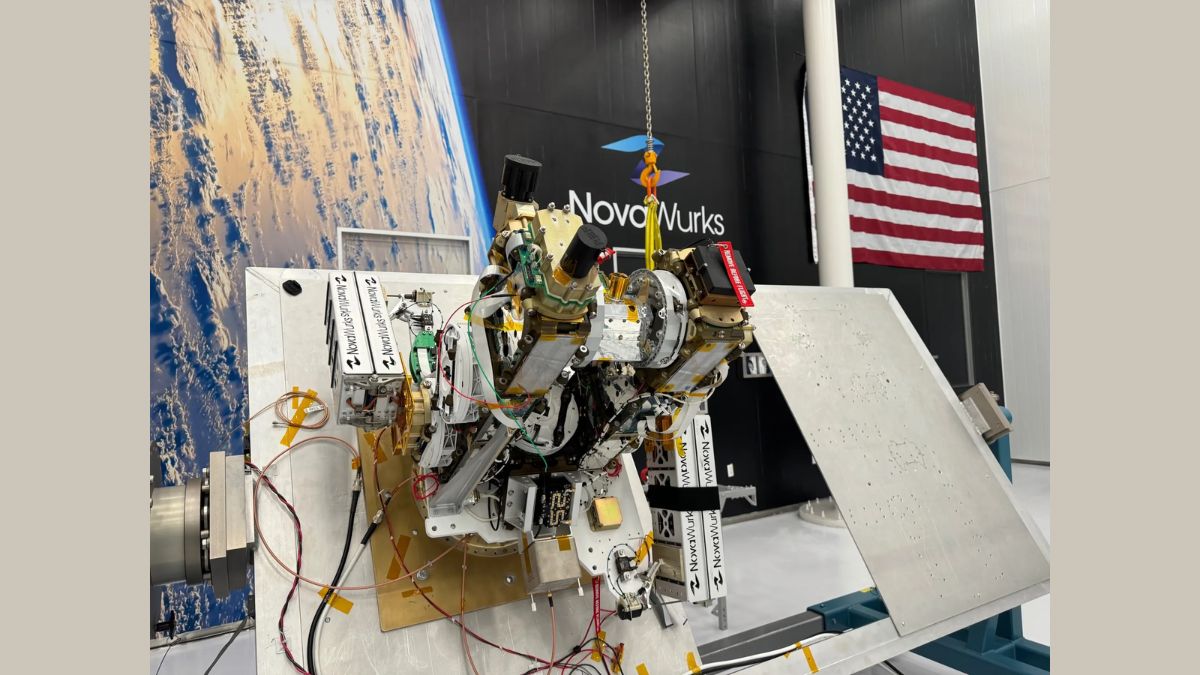NASA is testing new scalable satellite technology to integrate and launch scientific sensors faster and at lower cost. NASA’s Athena EPIC (Economical Payload Integration Cost) mission uses a compact, modular spacecraft platform that “shares resources among the payloads onboard” so each instrument doesn’t need its own control system. By offloading routine functions to the bus, this architecture promises “lower costs to taxpayers and a quicker path to launch”. Langley leads the project, which will fly as a SpaceX rideshare in mid-2025 to test the concept in orbit. It could expedite deployment of climate and weather sensors and accelerate future missions.
Scalable Satellite Platforms and Demonstration Missions
According to official site, NASA and industry partners are developing modular small satellite platforms. The Athena EPIC spacecraft is built from eight interlocking Hyper-Integrated Satlet (HISat) modules that form a “SensorCraft” bus, simplifying integration of multiple instruments. In parallel, NASA’s Pathfinder Technology Demonstrator (PTD) series uses a standard six-unit (6U) CubeSat bus (by Terran Orbital) that can be reconfigured quickly. The PTD-3 mission, launched in 2022, carried MIT Lincoln Laboratory’s TBIRD optical-communications payload and achieved a record 200 gigabits-per-second laser downlink from orbit.
Commercial partners are involved as well: Blue Canyon Technologies built the two CubeSats for NASA’s CubeSat Laser Infrared Crosslink (CLICK) mission, and will supply four for the forthcoming Starling formation-flying demo. These standardized buses and partnerships speed integration and testing of new satellite systems.
Faster Deployments, Lower Costs, and Scientific Gains
These scalable satellite buses promise to cut mission costs and cycle times. Instead of the billion-dollar platforms of old, the new “SensorCraft” design can slash costs to the single-digit millions per mission. Smaller satellites are cheaper to build and easier to replace if failures occur. Moreover, by reusing existing parts, teams can accelerate development – for example, Athena’s optical sensor was assembled from spare components of NASA’s CERES climate-observation satellites. NASA officials note that, “as satellites become smaller, a less traditional, more efficient path to launch is needed” to maximize science return.







